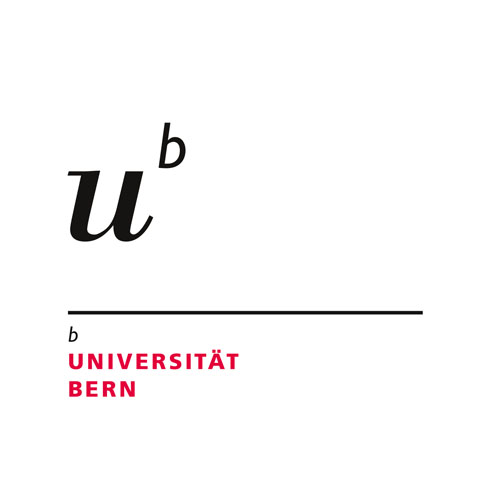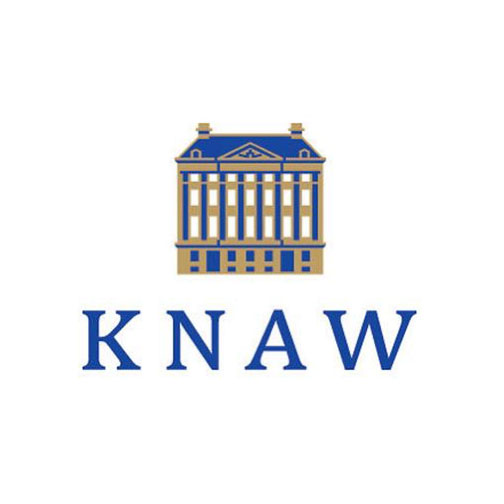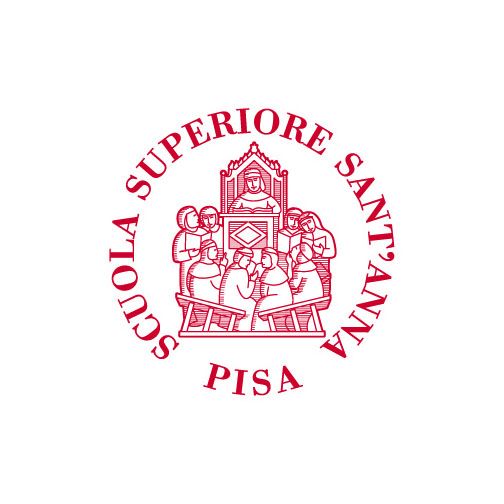REANIMA is supported over 5 years by €8 million funding from the European Union’s Horizon 2020 Programme
Heart Failure is a main cause of death and morbidity worldwide and is caused in many cases by the poor regenerative ability of the adult mammalian myocardium. REANIMA aims to prevent heart failure by reawakening the endogenous regenerative ability of the mammalian heart. We run a translational effort spanning from the evolution of natural regenerative abilities in different animals, to preclinical trials for innovative therapies.
The REANIMA project aims to change the current paradigms underlying clinical efforts in cardiac regenerative strategies
The project concentrates on transforming basic knowledge about endogenous cardiac regenerative pathways into effective new therapies for the replacement of lost myocardial tissue, thus reverting conditions that lead to heart failure. To achieve this, REANIMA presents the first European basic-translational integrated effort in the cardiac regenerative field and will span from the discovery of new targets in animal models to regulatory preclinical studies. REANIMA will also promote clinical trials through engagement of third parties and additional funds.
The strength of the REANIMA consortium
Whereas excellent mechanistic research recently conducted in individual laboratories has led to the identification of new regenerative pathways, there has been no relevant coordinated effort for integrating and translating the generated knowledge. Each of the REANIMA academic members are leaders in their respective fields, and now coordinate their efforts bringing together this knowledge in a productive manner. The coordination in REANIMA of various teams working in complementary areas of regenerative mechanistic research should thus ensure the exhaustive and effective exploration of the best therapeutic opportunities for cardiac regeneration.
REANIMA central concept for targeting the cardiac regenerative response:
Many studies led by members of REANIMA and others indicate that the endogenous regenerative potential of the mammalian myocardium can be reactivated during adult life, and that the mechanisms underlying this regenerative response resemble those operating during natural regeneration in lower vertebrates. REANIMA thus proposes the hypothesis that physiological regenerative mechanisms active in lower vertebrates are not completely lost in mammals but just remain dormant, and therefore susceptible to reactivation. The fact that neonatal mammals show a regenerative response very similar to that in lower vertebrates argues in favour of this view. REANIMA will explore therefore the stimulation of endogenous cardiac regeneration mechanisms.
Previous knowledge indicates that both intrinsic and extrinsic pathways can trigger cardiomyocyte proliferation and cardiac regeneration, therefore, both the cardiomyocyte environment and the cardiomyocyte-intrinsic factors will be explored for a comprehensive analysis of cardiac regeneration mechanisms.
Finally, although removal of scarred tissue and damaged resilient cells does take place in naturally regenerative animals and induced cardiac regeneration in mammals, the clinical setting can be very different. Patients in need of regenerative strategies often suffer from chronic scarring that might be resilient to the treatments that are efficient in animal models. For this reason, REANIMA will also explore the use of iPS-derived human engineered heart tissues as a test tube for repair mechanisms and as a source of tissue for transplantation.
Rationale
Cardiovascular diseases remain the leading cause of death in the developed world, accounting for more than 30% of all deaths including the main three clinical syndromes, ischemic heart disease, stroke and peripheral ischemic disease. Currently, the only definitive cure for end-stage HF is heart transplant, however, even in the leader countries in organ transplant rates, the available donations fall largely below patient needs.
In the last decade basic research has made important contributions to understanding endogenous cardiac regenerative pathways and identified ways to activate regeneration in animal models. New mechanisms investigated by REANIMA partners are based on the stimulation of the proliferative activity of the endogenous cardiomyocyte population by intrinsic stimuli, like miRNA overexpression, or extrinsic stimuli, like Agrin protein administration. In spite of these advances, these new paradigms have not yet significantly impacted clinical research.
REANIMA will address the main issues in the field by developing:
- New therapeutic strategies in the cardiac regenerative field based on mechanistic discoveries in natural and induced cardiac regeneration in animal models
- A translational strategy for establishing a new gold standard of reproducibility in translational research, accelerating transition from basic to clinical research.
Objectives and targeted results
The specific objectives of REANIMA are:
1
Achieve a comprehensive chart of mechanisms and pathways that promote adult mammalian heart regeneration, identifying the best hubs in the network for activating the endogenous regenerative ability of the heart.
Until now, different laboratories have characterized several factors able to induce regeneration in the adult mammalian heart, but there has been little effort in integrating these factors in pathways and in understanding the wiring between them. This is a limitation in the field, since only by exhaustively identifying the factors involved and understanding the wiring and outputs of the network will it be possible to design optimal regenerative strategies. REANIMA integrates for the first-time efforts across Europe to comprehensively identify evolutionarily conserved endogenous pro-regenerative pathways. We will deliver the first integrated chart of evolutionarily conserved cardiac regenerative pathways. This chart will be essential for REANIMA and the wider scientific community to progress towards the design of effective regenerative therapies.

2
Develop an optimized translational pipeline ensuring that the new regenerative mechanisms identified translate into clinical trials.
REANIMA will develop a translational pipeline progressing from target identification in lower vertebrates and ex-vivo mammalian models to pre-clinical studies in pigs, adopting measures to ensure the reliability of preclinical studies. We are developing strategies to deliver therapies in a manner that they are effective in regenerating the heart but do not produce undesired side effects. This aspect is especially important, provided that the pathways that induce cardiomyocyte proliferation/cardiac regeneration are often tumorigenic and/or promote cardiomyocyte dedifferentiation. REANIMA translational studies will develop new cross-species advanced therapeutic molecules and delivery methods aimed at specifically targeting the heart and doing so in a transient manner that allows regeneration but prevents damaging persistent activation. Furthermore, REANIMA will combine for the first time pro-regenerative treatments with human engineered heart tissue (hEHT) transplantation in pigs.

The different regenerative and non-regenerative models are shown above. Intervention of specific pathways will be achieved by genetic manipulation, viral overexpression, protein delivery and/or nucleic acid delivery of the target molecules, as shown below
Overall structure of the work plan
The REANIMA project is organised around 8 work packages:
Work package 1 will be dedicated to management and will be led by the Coordinator institution, CNIC. Work packages 2-7 include the scientific tasks and contain 3 basic research and three translational WPs.
Through the basic WPs, we will investigate the environmental influence of cardiac regeneration (WP2), the intrinsic determinants of cardiac regeneration (WP3) and the integration regenerative pathways (WP4).
Through the translational WPs, we will perform preclinical research in pigs to design and test new therapies based on protein products (WP5), nucleic acids (WP6) and tissue engineering (WP7).
WP8 contains the dissemination and exploitation plans. Within the exploitation plans, we describe the commercial and clinical trial strategies to be promoted during and beyond the REANIMA funding period.

Cardiovascular disease
is the leading cause of death in the world.
Heart failure is a worldwide epidemic that imposes a heavy societal burden in death, disease, and escalating economic costs and can only be resolved by heart transplantation.
The inability of the human heart to regenerate myocardium lost during a heart attack is the major factor in a high proportion of cases of heart failure.
To resolve this problem, Dr Torres said that “the goal of REANIMA is to provide new therapies for heart regeneration.”
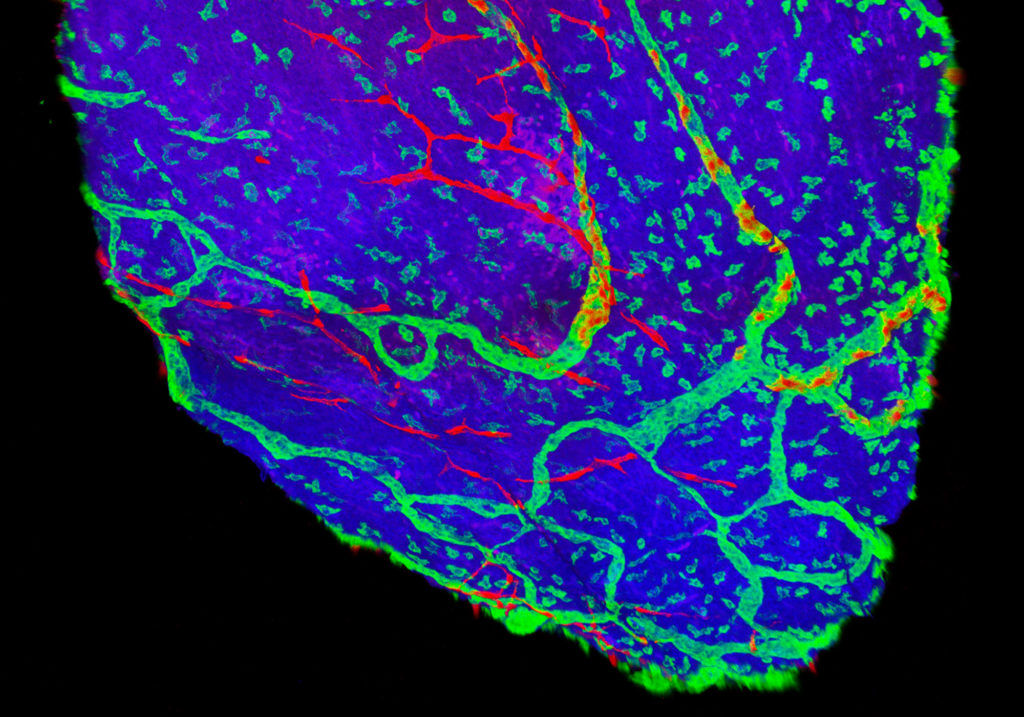
Regenerative capacity
Until now, clinical trials based on the introduction of stem cells into the heart have not shown regenerative capacity.
However, studies of spontaneous and induced heart regeneration in animal models suggest that the path to progress lies in the reactivation of endogenous regenerative mechanisms. Fish and amphibians are able to regenerate their hearts, and although mammals have historically been considered to lack this capacity, regeneration was recently shown to occur in injured hearts of newborn mice.
Unfortunately, in adult mammals, including humans, the heart’s residual capacity to regenerate is insufficient to recover function naturally.
Miguel Torres
Javier Terriente
Thomas Eschenhagen
- Nowoshilow S, Schloissnig S, …, Tanaka EM, Myers EM (2017). The axolotl genome and the evolution of key tissue formation regulators. Nature. 554(7690):50-55.
- Oliveira CR, …, Tanaka EM. (2017) Pseudotyped baculovirus is an effective gene expression tool for studying molecular function during axolotl limb regeneration. Dev Biol S0012-1606(17)30438-4
- Fei JF, Schuez M, …, Tanaka EM. (2017). Efficient gene knockin in axolotl and its use to test the role of satellite cells in limb regeneration. . Proc Natl Acad Sci U S A 114:12501-12506.
- Currie JD, Kawaguchi A …, Tanaka EM. (2016). Live Imaging of Axolotl Digit Regeneration Reveals Spatiotemporal Choreography of Diverse Connective Tissue Progenitor Pools. Dev Cell 39:411-423.
- Nacu E, Shabanova E, …, Tanaka EM. (2016). SHH and FGF8 substitute anterior/posterior tissue interactions to induce limb regeneration. Nature 533:407-410.
- Gabisonia, K., Prosdocimo, G., Aquaro, G.D., Carlucci, L., Zentilin, L., Secco, I., Ali, A., Braga, L., Gorgodze, N., Bernini, F., Burchielli, S., Collesi, C., Zandonà, L., Sinagra, G., Piacenti, M., Zacchigna, S., Bussani, R., Recchia, F.A., Giacca, M. (2019). MicroRNA therapy stimulates uncontrolled cardiac repair after myocardial infarction in pigs. Nature, in press

Coronavirus related research led by REANIMA researchers: Prof. Ulrike Köhl
Leipzig’s Institute for Clinical Immunology: Special diagnostics and modern treatments Immunology is an exciting and relatively new medical field that deals with the basics of

Prof. Elly Tanaka receives the FEBS | EMBO Women in Science Award 2020
Elly Tanaka receives the award for her pioneering work developing a molecular understanding of limb and spinal cord regeneration. She developed new methods to study

Coronavirus related research led by REANIMA researchers: Prof. Christian Plank
Neurimmune AG and Ethris GmbH announced today an exclusive partnership to develop mRNA-encoded, neutralizing anti-SARS-CoV-2 antibodies administered by inhalation for the treatment of Covid-19. Companies

Coronavirus related research led by REANIMA researchers: Prof. Mauro Giacca
Scientists from the Faculty of Life Sciences & Medicine have been working to screen drugs that could have the potential to target the COVID-19 virus.
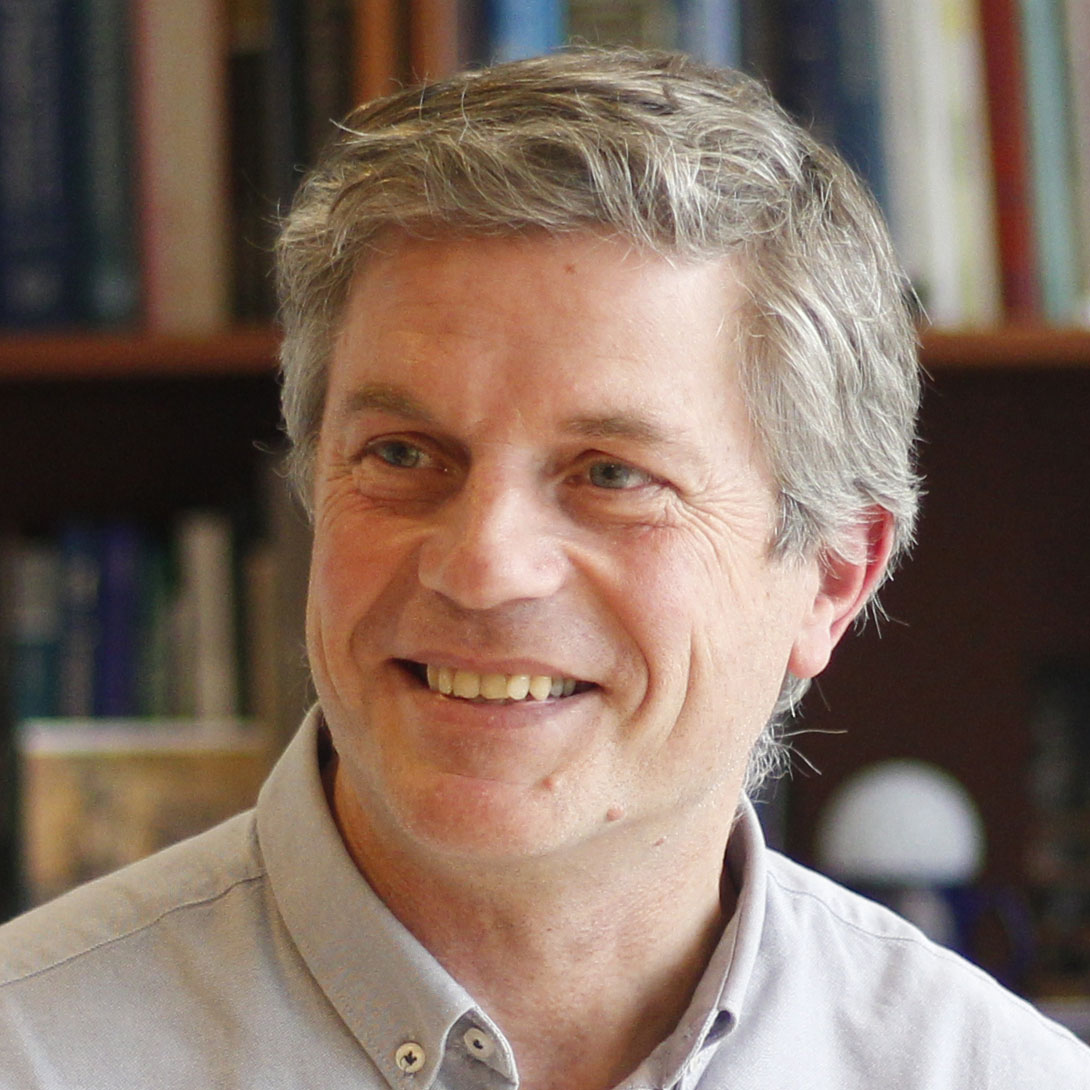
Dr. Miguel Torres appointed as Honorary Member of the Academia de Ciencias de América Latina, ACAL
The Academia de Ciencias de América Latina, ACAL has appointed Dr. Miguel Torres as a Honorary Member in recognition of the high level scientific activity,

REANIMA: toward a new paradigm in cardiac regeneration
Dr. Miguel Torres, of the Centro Nacional de Investigaciones Cardiovasculares (CNIC), leads a new project that will receive €8 million in funding over 5 years,
RT @MTorrescnic: @nmercaderh It was a great #REANIMA meeting indeed. The mutual interests and... Read More
Prof Nadia Mercader, REANIMA PI, presented today her preliminary results from REANIMA and collected feedback... Read More
RT @nmercaderh: Very much enjoyed the @reanima2020 meeting, listening to lots of great science... Read More
RT @ZeClinics: Next week, our PhD student @apolinovak will present a poster about our novel... Read More
RT @Tzahore: @IMPvienna @Tanaxolotl @oeaw Well deserved, and congratulations Elly @Tanaxolotl 💐 Read More











